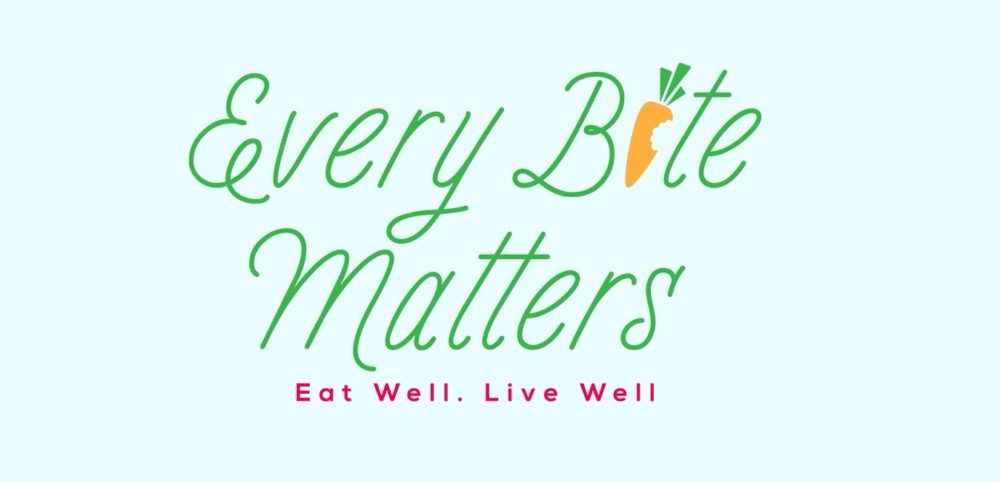Savor the Flavor of Eating right with :
- a variety of colorful fruits and vegetables at every meal;
- oats, quinoa, buckwheat, brown rice, sweet potato for fuel;
- healthy nuts & seeds for snacks;
- more plant-based protein
One of the nutrition questions I get from many of my patients is regarding the high fat content of nuts. It is true that many nutrient-dense plant foods such as Avocados, Nuts & Seeds, Dark Chocolate, Coconut, Tofu, Edamame are high in fat. They naturally contain unsaturated as well as saturated fat. Here are some things you should know: The presence of saturated fat in a plant-source, whole food doesn’t label a food into the unhealthy category if it is loaded with more essential vitamins, minerals, antioxidants and omega-3 fatty acids. In fact, the healthy fats, which make up the majority of the fat content in the above high-fat plant foods help reduce LDL cholesterol and lower the risk of coronary heart disease.
Here are some things you should know: The presence of saturated fat in a plant-source, whole food doesn’t put a food into the “unhealthy” category. You have to look at the complete nutrition profile.
My new favorite Kind Bar- The Cashew & Ginger Spice Bar contains 200 Kcal, 14g Total Fat, 2g Saturated Fat, 4g Sugar, and 6g Protein. It tastes incredible and it’s way healthier than candied ginger!

Epidemiological studies suggest that regular nut consumption is unlikely to contribute to obesity and may even help in weight loss and lower the risk of hypertension. Raw nuts and seeds consumption, (especially walnuts, flaxseed, chia seed) have been associated with cancer risk reduction. Go Nuts with 5 oz serving weekly to maximize the benefits of their antioxidant and anti-inflammatory properties. According to the INC and USDA National Nutrient, the following equal one ounce of nuts:

Data Base for Standard Reference, Release 19,
2006.
If you are looking for the perfect sweet & salty granola-like bar, I would recommend KIND Bar’s Maple Pumpkin Seeds with Sea Salt. Each Bar contains 150 Kcal, 5 g Total Fat, 1 g Saturated Fat, 6 g Sugar, 3 g Protein. It contains all the healthy grains I like: Oats, brown rice, millet, oat flour, buckwheat, amaranth, and quinoa + a subtle maple flavor blend with the nuttiness of pumpkin & sunflower seeds. It makes a great chewy snack packed with amazing nutrients. Pumpkin seeds are rich in zinc, magnesium, and Omega 3 Fatty Acids, which are great for your immune system, bone and heart health.

Bottom line: Fear not the fats in nuts & seeds. You can read more about the latest nutrition research about nuts here.























